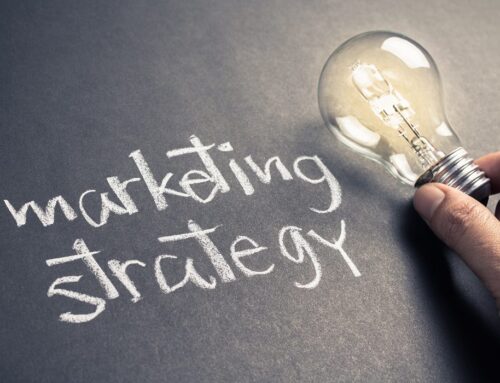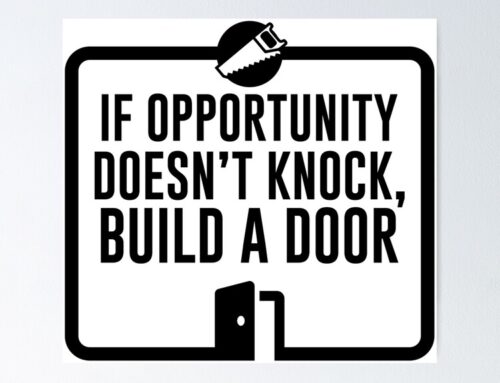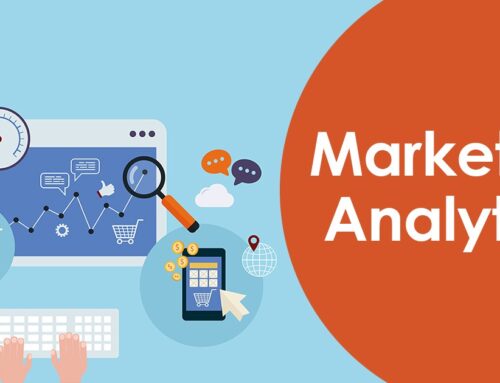
Creating A Sales Funnel
A sales funnel is the pathway that captures sales prospects and moves them from awareness of your product to interest, desire and ultimately the sale. Here’s how to create a sales funnel to drive sales for your business.
Creating a sales funnel is one of the most important things you need to do as a business owner, and sadly one of the things that many small business owners neglect.
If you’re not familiar with that term, a sales funnel is a business’ plan for leading prospects from the “I don’t know you” stage to the “let’s do business” stage. It doesn’t just happen. You have to figure out how to identify prospects, qualify them, and then lead them to the sale.
Think about how a sales funnel is shaped. It’s wide on one end and narrow on the other. The wide end “catches” the liquid you pour into it and then gravity pulls that liquid through the narrow end, leaving behind the residue of unqualified particles. That’s a crude analogy, but it does help us understand the sales process a little more clearly.
Here’s how to go about creating a sales funnel to drive sales for your business:
Step 1: Identify Your Prospects
The first step in the sales process is identifying prospects. The goal is to drive interested parties into the wide end of your sales funnel so that you can qualify them as good prospects or identify them as “unwanted residue.”
First, begin by defining your ideal customer. It helps if you draw a sketch.
Create a questionnaire for yourself that identifies the problems your ideal customer has. For instance, if you run a flower shop, you may have a questionnaire that looks something like this:
- Do they know someone who is getting married?
- Did someone they know recently pass away?
- Are they romantically involved with anyone at this time?
- Are they allergic to certain types of flowers?
You’ll have to come up with your own list of qualifying questions. You’re not going to share this questionnaire with anyone; it’s merely for your planning benefit. The goal here is to figure out your ideal customer’s needs and desires. Some people buy flowers for weddings, so you may want to identify people who are getting married or know someone who is getting married.
Chances are, your business has several different types of ideal customers, or prospects. You’ll need to identify them all.
Step 2: Qualify Your Prospects
Just because a person fits into your ideal customer demographic doesn’t mean that they are necessarily an ideal customer. Maybe Bob and Jane are planning a marriage but don’t care about flower arrangements. They certainly wouldn’t be in your prospect range if that is the case.
Therefore, you’ll need a way to qualify your prospects after you’ve identified them, and after you’ve driven them into your sales funnel.
Qualifying prospects is not difficult. You can take surveys or conduct polls, you can start conversations and get people to talking so that they reveal their needs and desires, or you can create a product that appeals to your ideal customer then promote it to the right audience. Those who qualify will bite while those who don’t, won’t.
Step 3: Apply Sales Funnel Fundamentals
Your sales funnel consists of the means you use to drive prospects and potential customers to your business and close the sale. Online, you might have a blog that you write to every day. You promote your blog on social media to draw attention to your business. After you get prospects to your blog, you entice them with an offer in order to get their e-mail addresses. You then send out periodic e-mail messages to get those prospects interested in a product you want them to buy.
Some marketers go so far as to segment their prospects. They can then market specific products to those segments.
Another way to do this is to sell something that is easily affordable, say a $10 or $20 product. Then you have a list of confirmed buyers. You then offer a higher-priced product or service and send out a notice to your confirmed buyers to see who nibbles on that offer. You are driving your prospects deeper into your funnel.
Step 4: Establish Your Sales Funnel
The best way to set your sales funnel is to plan it backwards. If you have a $100 product, for instance, you have to find the people willing to shell out that kind of money for the benefits you’re offering. But very few people are going to part with that kind of money unless they know they can trust you. So you have to slowly build up some trust.
That means you need to offer a lower-priced product. You’ll need to create that product, but what needs to happen before you do that?
Walk yourself through the sales process backward. At each step in the process, ask yourself, “What is my prospect likely to do before they trust me enough to take this action?” Then ask yourself, “What do I need to do to drive my prospect to that decision?”
A typical backward plan for a sales process looks like this:
- Flagship product
- Mid-range product
- Intro product
- Free informational piece (teaser)
- E-mail opt-in campaign
- Blog conversation
- Social media interaction
Offline, it might look more like this:
- Premium product purchase
- Discount offer or one-item purchase
- First time in store/window shopper
- Receives monthly brochure
- Gets on mailing list
- Checks out website
- Meet at networking event
The key is to understand what your customer wants and what you have to do to deliver those benefits. To get to the initial stage in your sales process, you have to think backward from the point you want your customer to end up. That’s how you create your sales funnel.
Article by: Allen Taylor

206-391-5682
i2i@i2idirectmarketing.com
www.i2idirectmarketing.com
“…all deliveries GPS tracked…”




